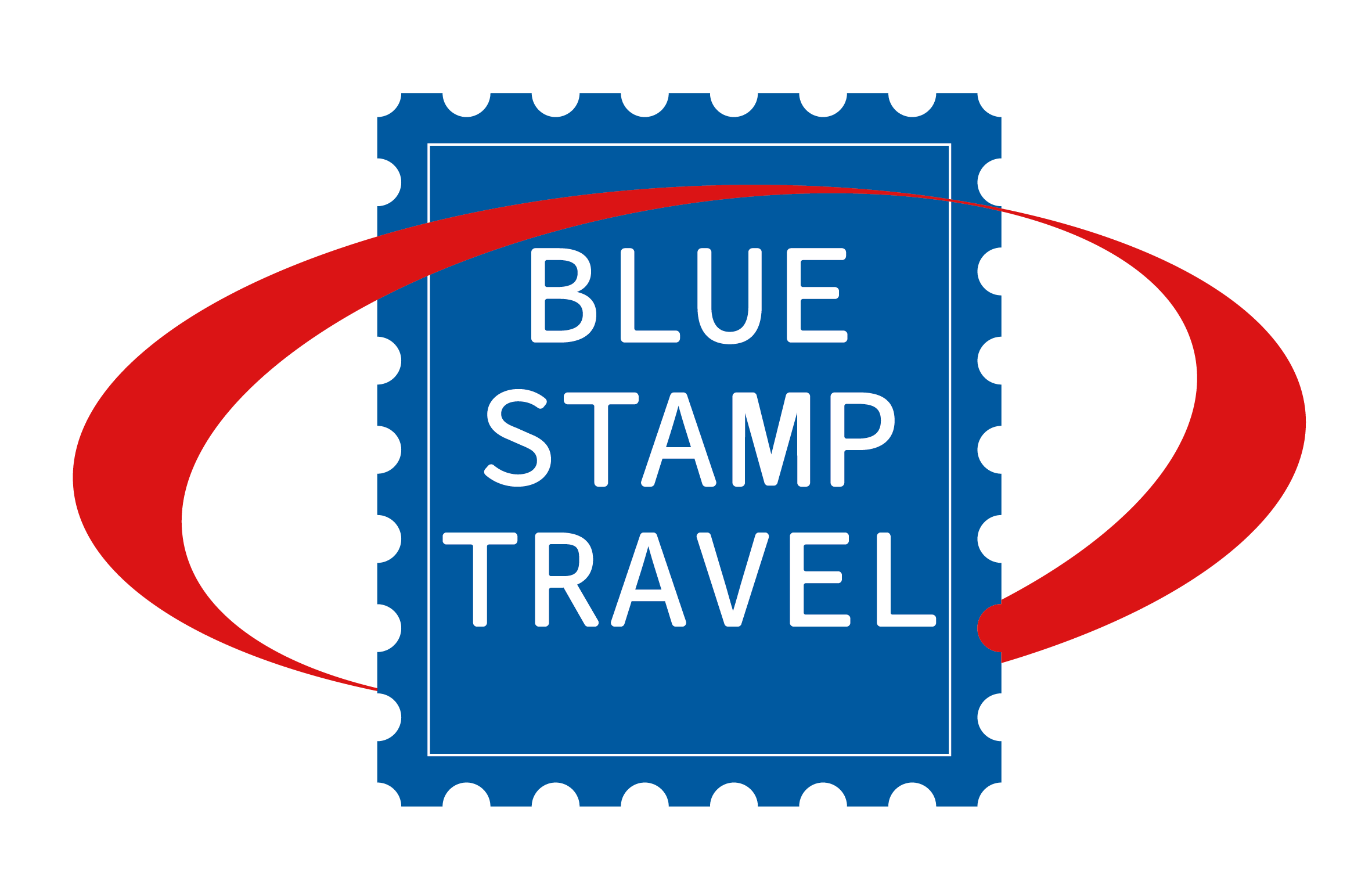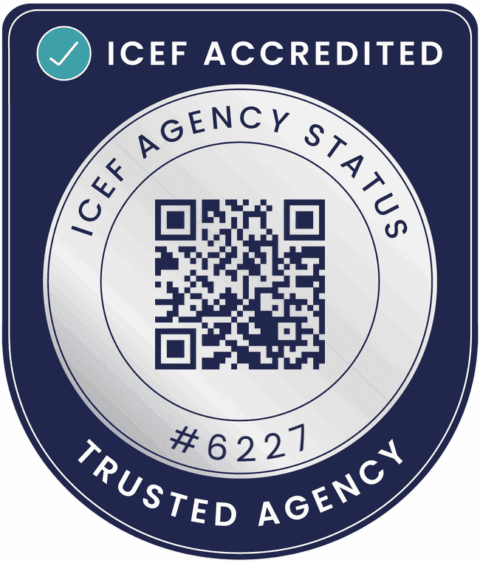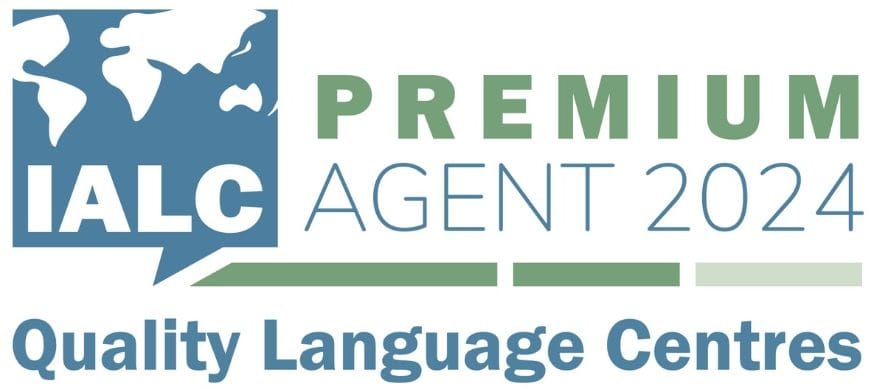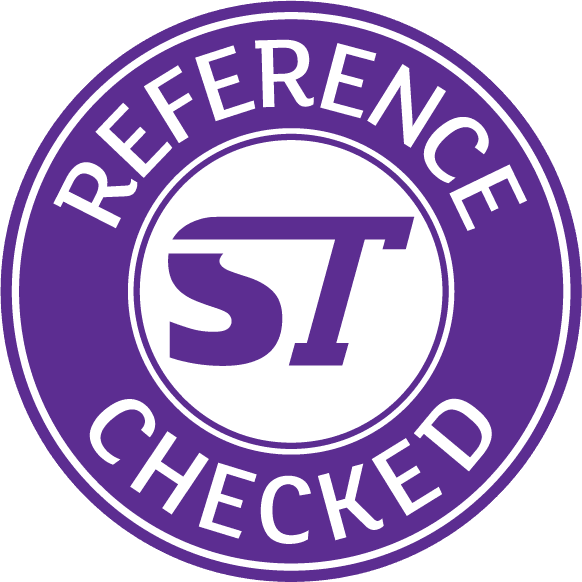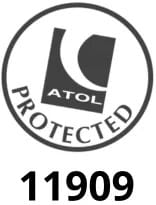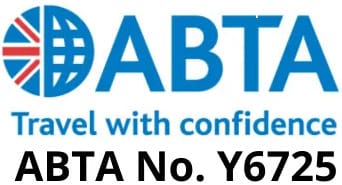From the 12th October 2025, a new EU border system called the Entry/Exit System (EES) is being rolled out. This affects UK travellers heading to countries in the Schengen area (most of continental Europe).
Here’s what it means for your next European trip and how to prepare.
What Is EES?
EES is an automated digital border system. Instead of getting a physical stamp in your passport when entering or leaving the Schengen area, your data will be recorded electronically. For most non-EU nationals (including UK passport holders), EES will involve providing biometric data – a photo and, on the first visit, fingerprints. That data is stored and used to check future entries and exits, helping detect overstays and improve border security.
When and How It’s Being Introduced
The roll-out begins on the 12th October 2025 and will be phased in over several months, with full operation expected by the 10th April 2026.
During the rollout period, not every border crossing may immediately collect biometric data; some locations will adapt later than others. Until EES is fully operational everywhere, traditional passport stamping may continue alongside the new system.
Who It Affects (and Who’s Exempt)
EES will apply to:
- UK passport holders (and other non-EU nationals) making short stays (up to 90 days in any 180-day period) in the Schengen area.
- Travellers entering or exiting via airports, land borders, or ports.
Exemptions or special rules include:
- Children aged 11 or younger generally will not have their fingerprints taken (though they may still have a photo taken).
- Cruise passengers may be exempt depending on their itinerary. If a cruise starts and ends in a non-Schengen port, you may avoid the checks. However, if you disembark in the Schengen zone and continue travelling, you may need to complete EES formalities.
- If you hold EU/Schengen residency or citizenship, different rules may apply.
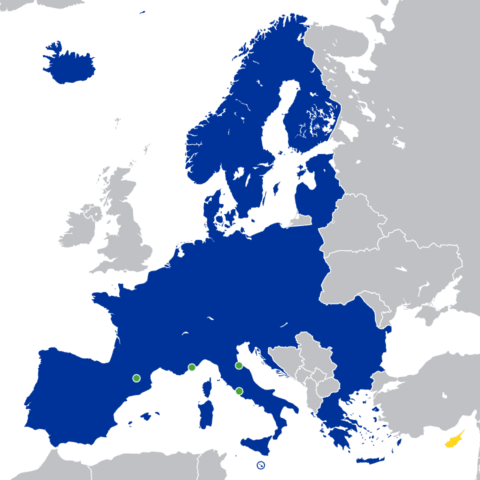
What You’ll Need To Do
You’ll need to:
- Register biometric data: On your first trip after EES is active at your crossing, you’ll have to submit fingerprints (unless exempt by age) and a facial photo.
- Show your passport or travel document: The system links your biometrics to your existing documents.
- Be ready for slightly longer border processing times: Biometric checks will take extra time compared to simple stamping.
- Keep your digital record valid: Your EES registration is valid for three years, or until your passport expires. If you change passports, the new one will be linked or updated.
How It Changes the Travel Experience
- No advance application or fee: You won’t need to do anything before travel, and there is no cost for EES registration itself.
- Border wait times may increase: Expect extra time at passport control while you submit biometrics.
- No more passport stamps (eventually): Once EES is fully in place, the manual stamping of passports will stop entirely.
- Better tracking of Schengen stays: Because your entry and exit are logged electronically, it’s harder to miscalculate your permitted 90 days in any 180.
Head to the government website for more information.
Blue Stamp’s Top Tips for Travellers:
Build in extra buffer time at border control. Arriving early never hurts, especially while the new system settles in.
Don’t stress about signing up in advance; just follow the prompts at border kiosks when required.
Keep tabs on whether the particular airport, port or land crossing you’ll use is already operating EES. Implementation timelines will differ.
If your passport changes, don’t forget that the border system will need to update your registration.
Continue to monitor how many days you’ve spent in the Schengen area. EES will help track that for you, but it’s still your responsibility.
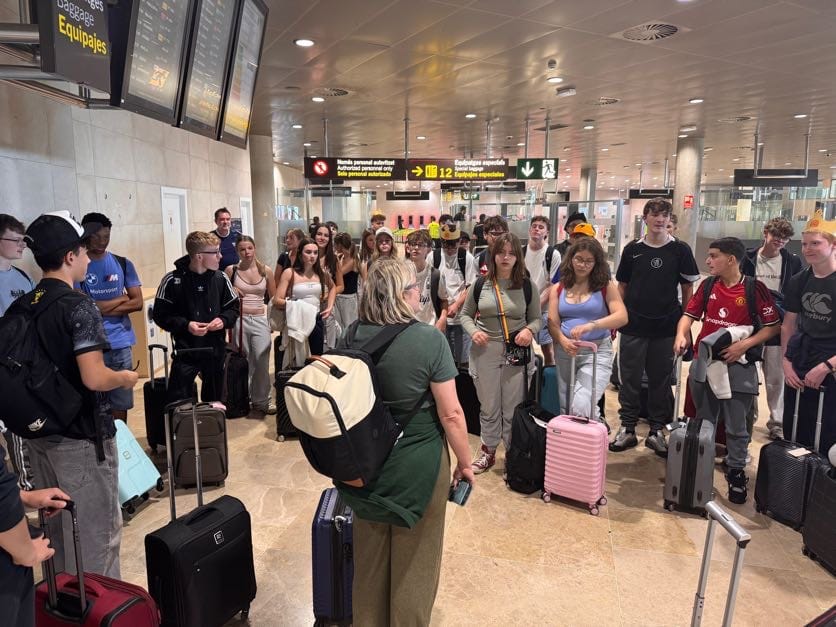
If you’re planning a language learning trip abroad – as an individual, or for a school or group – let Blue Stamp Travel take care of the details. Discover our range of destinations and packages, visit our Group Trips page, or request a quote today.
